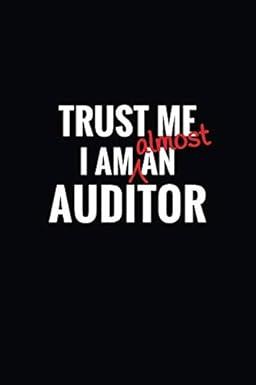Question
Bo-nan Inc. produces two types of fermented beverages: Kombucha and Kifer. They are both manufactured on the same equipment, using the same personnel for receiving
Bo-nan Inc. produces two types of fermented beverages: Kombucha and Kifer. They are both manufactured on the same equipment, using the same personnel for receiving and packing. Receiving costs include ordering, receiving, and preparing raw materials for use. These costs are related to the number of orders received and not the material costs. Packing costs are associated with preparing customer orders to be shipped and are related to the number of orders packed. Both receiving and packing costs are committed, but additional capacity can be purchased in chunks. Currently, they have the minimum number of chunks necessary for producing both products.
Advertising costs are specific to each product.
Kombucha Kifer
Expected sales (in cases) 50,000 10,000
Selling price per case $100.00 $80.00
Costs
Material cost per case $50.00 $48.00
Direct labor cost per case $10.00 $8.00
Variable OHD cost per DLHr $9.00 $9.00
Advertising costs $200,000 $60,000
Other indirect costs are $612,500.
Size of
Activities Kombucha Kifer chunk
Direct labor hours 40,000 10,000 -
Machine hours 10,000 2,500 -
Receiving orders 500 250 500
Packing orders 1,000 250 750
Square feet (total 10,000) 6,000 2,000
For the financial statements, Bo-nan's Beverages uses direct labor hours to allocate manufacturing overhead.
After further ABC analysis of the other indirect costs of $612,500, the company obtained the following information:
@current chunks @ current activity
Activities Committed resources Flexible resources Total
Occupancy costs . $200,000 $0 $200,000
Receiving $200,000 $22,500 $222,500
Packing $150,000 $40,000 $190,000
Total costs $550,000 $62,500 $612,500
Occupancy costs include general administrative costs and factory overhead not specific to the products. For financial statements, these costs are allocated using square footage of manufacturing for each product. Not all the factory is used 20% is idle.
Using the cost of resources acquired view, determine if the Kifer product line should be
kept or dropped. Assume that the committed receiving and packing costs can be
increased, if necessary, and decreased, if possible, in chunks.
Step by Step Solution
There are 3 Steps involved in it
Step: 1

Get Instant Access to Expert-Tailored Solutions
See step-by-step solutions with expert insights and AI powered tools for academic success
Step: 2

Step: 3

Ace Your Homework with AI
Get the answers you need in no time with our AI-driven, step-by-step assistance
Get Started


